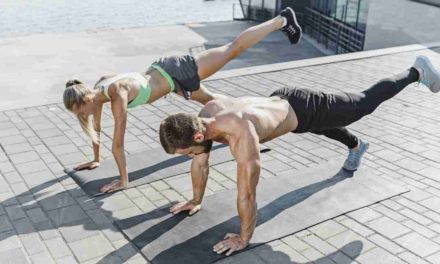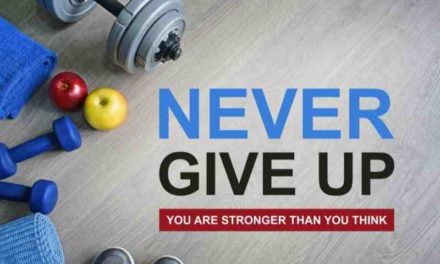Because they promise a toned physique if we follow their schedule, most fitness programs are deceiving because they fail to recognize that what keeps one fit is a burning desire to work out regularly, which most people lack.
Individuals who do not fit your image of a fit person may possess significant amounts of strength and power as well as fitness, endurance, flexibility, athleticism, and coordination.
All of these characteristics are interconnected to some degree, but any of these characteristics may exist to a significant degree in someone who does not fit your image of a fit person.
There are ten components of fitness, and they are as follows: muscle strength and endurance; balance; power; cardiovascular endurance; response time; agility; speed; flexibility; and coordination.
Who would come out on top in all of these? A soldier or a bodybuilder, for example. That isn’t even a point of contention. Even if the bodybuilder wins in the strength and power categories, he will still come up short in the other eight categories.
Muscle mass and strength are not necessarily synonymous. I’ve been on a range with a man who was rather large, and he couldn’t get the cocking handle to retract completely. I’ve also sparred and rolled with people that are as tiny as hell but had a little muscle, and I’ve been completely blown away by the amount of strength they possess.
Then let’s have a look at some of the reasons for being physically fit:
Many individuals go to the gym in order to seem better and more beautiful to their preferred sex, which is one of the primary reasons for doing so. The brain is more drawn to physically strong individuals because it predicts that they would be able to protect themselves and their families, as well as hunt and gather food.
Consider the concept of natural selection. According to this description, a soldier with endurance, strength, and a variety of other physical talents would be preferable to a bodybuilder in terms of combat performance.
Don’t get me wrong, some people find bodybuilders to be really beautiful, but the majority of women and men prefer chiseled/toned bodies rather than ones who are simply huge.
To overcome a difficult situation, such as in athletics Take a look at any sport that requires mobility. (I’m not including weightlifting or powerlifting since they are tests of a component of fitness rather than a sport.) In fact, this is true of all sports in general.
While many sports have players that seem in a variety of ways, none of them are like the person in the picture above. Many are slim (many long-distance runners seem to be unhealthily thin), huge (in a muscle and fat manner – such as rugby players), and a wide range of other body types are represented in the group.
When individuals in the fitness industry say they want to start working but don’t want to ‘grow too large,’ it’s a frequent joke among those in the industry. Making the decision to grow too much is not something that happens by mistake.
For example, if you strength train really hard and consistently for three months, you are not going to shred your sleeves when you flex your arms. It takes a lot of effort to put on real muscle. If it were simple, everyone at your gym would be gigantic giants of muscle, but just a small percentage of them are.
Trying to pitch customers on ‘cookie cutter’ plans that promise results are the most misleading thing a personal trainer can do. They should also avoid advising clients to train like a specific individual in order to look like that person.
The most successful training program is one that is tailored to your specific objectives and requirements, as well as your current fitness level. Individual responses to training vary, so it’s crucial to test various methods on your own body to determine what works best. Time is the most important factor in achieving major achievements, in my opinion.
A lot of individuals believe that they can just join a gym after the new year. Muck about with the equipment and maybe some weights for a couple of months, and come out looking like a fitness model or anything along those lines. While the fact is that it takes a lot longer to see significant changes in your physique, it is well worth it.
Yes, genetic variances may be significant, and some individuals can get excellent results quite fast, regardless of their efforts, whilst others must toil for years and see no improvement in their condition.
However, for the majority of typical individuals, even if they do the majority of the correct things and are fortunate enough to discover the proper approach for them and their objectives, it will take many years to develop a really impressive physique. As a result, I believe that is the most misleading aspect.








